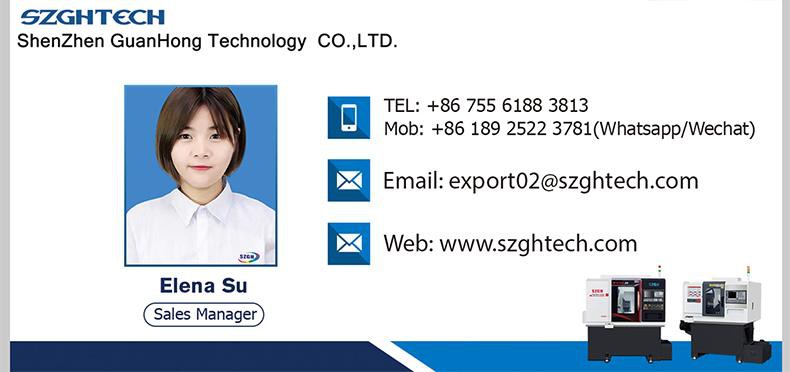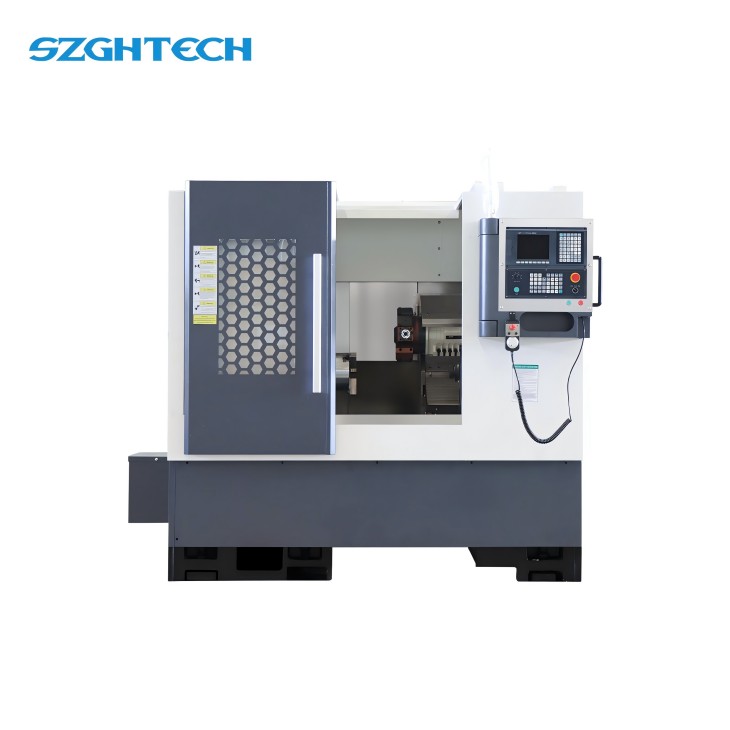CNC Lathe Machine TK550 Series
CNC lathe is a flexible, universal and automatic lathe that is born to solve the automatic production of many varieties and large quantities of parts.
SZGH-TK550 CNC lathe has the use and characteristics of general CNC lathe, with high processing accuracy and quality assurance.The use of space and other characteristics of the machine tool, the use of structural optimization, so that the rigidity of the machine tool and the accuracy of the machine tool retention has been optimized to the maximum. X, Z can use a higher linear speed, greatly improving the production efficiency of the machine.
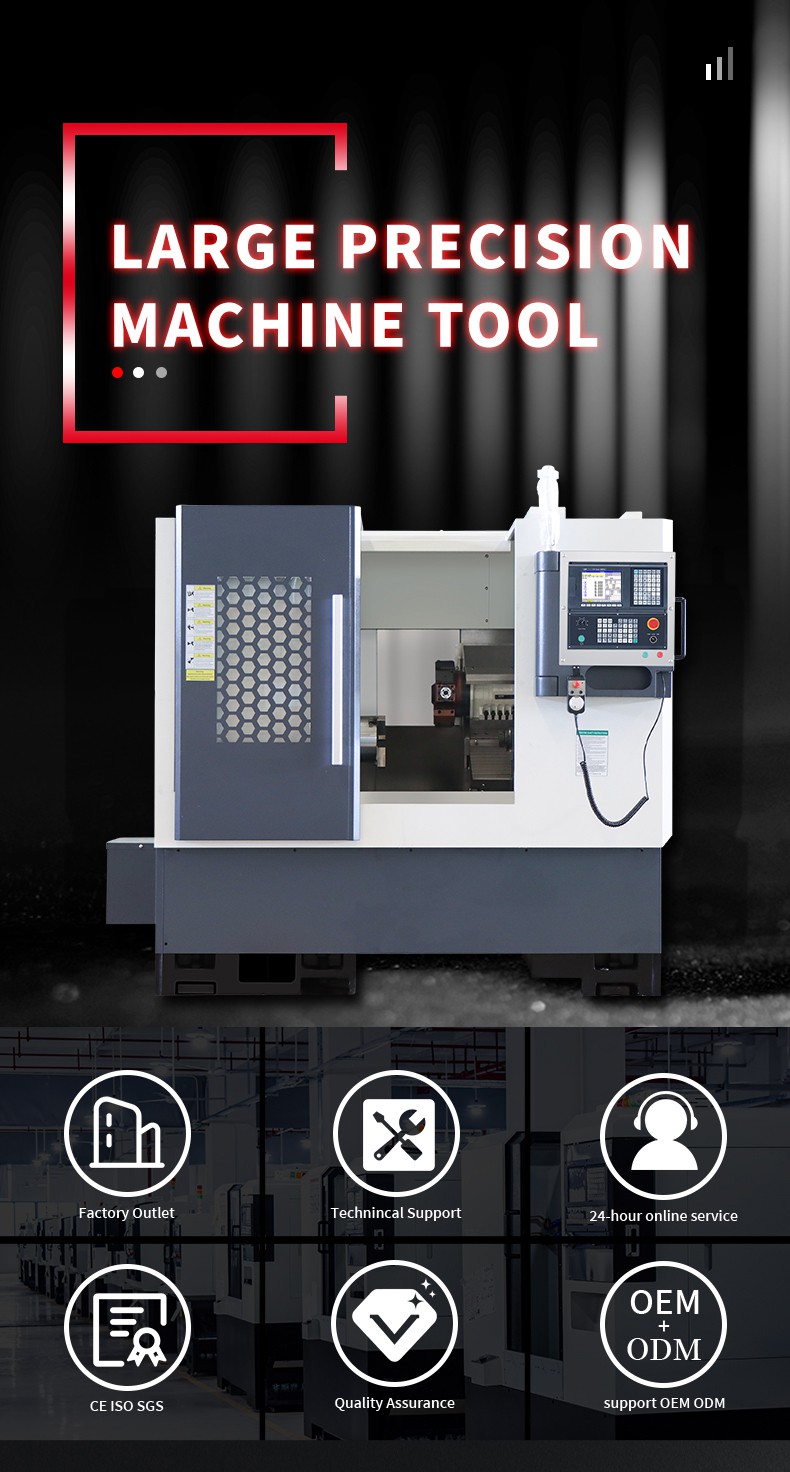
CNC lathe machinery ,
SZGH-CNC1000TDC-3 (E panel+MPG+I/O board + CN16 board );
X axis : SZGH-13380CC(H) 3.8kw, 15NM, 2500rpm);
Z axis :SZGH-13380CC(H)-T( brake servo motor 3.8kw, 15NM, 2500rpm);
spindle servo motor: 11KW B5 380V
SZGH-TK550: 2700*1900*2000mm
(1) SZGH 130 Servo Motor Driver 3.8KW, X axis with brake, Z axis without brake;
(2) ZGH 2 Axis CNC Absolute Lathe Controller;
(3) 11KW Spindle Servo Motor ;
(4) 8 Inch Hydraulic Chuck;
(5) Hydraulic Tailstock;
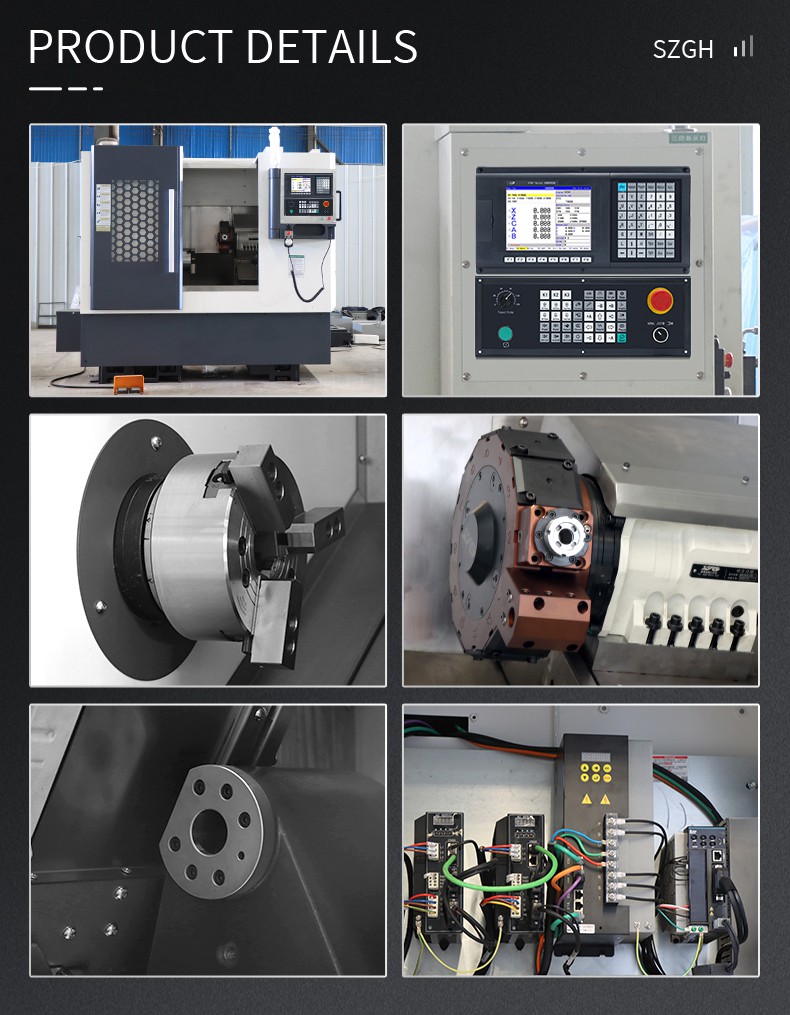
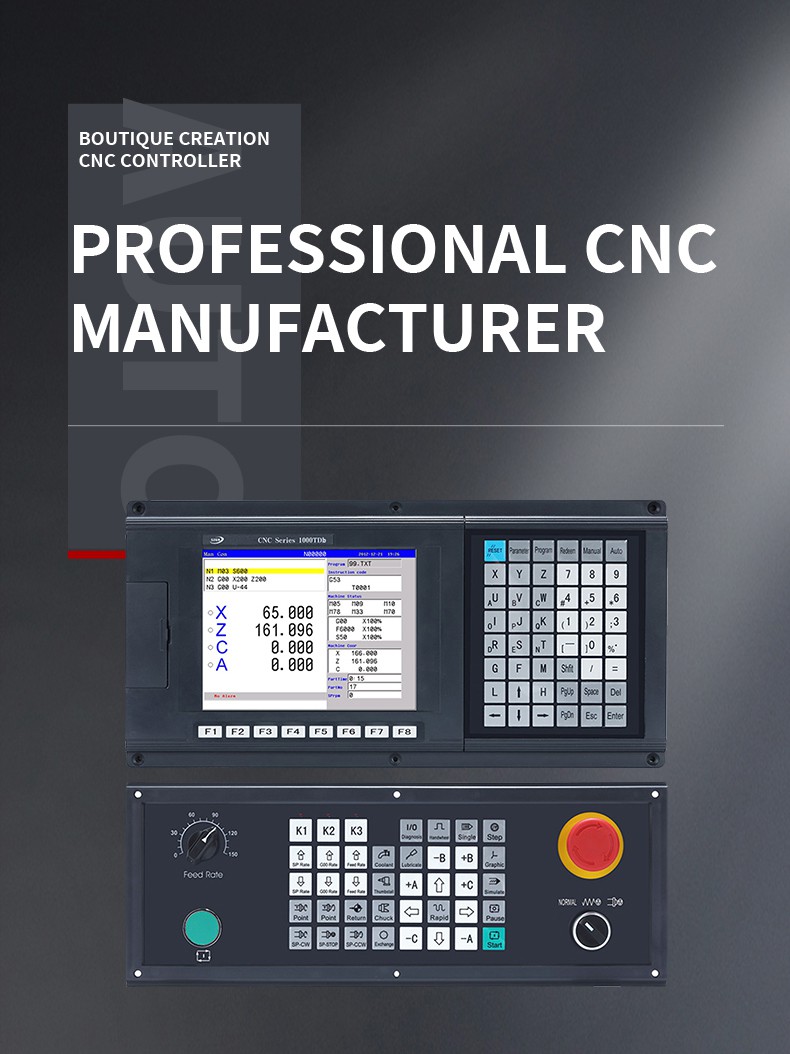
FEATURES OF MATCHED CNC CONTROLLER:
(1.)2-5 Axis Fully English Type CNC lathe controller;
(2.)800x600 8.4inch real color LcD displayer;
(3.)Electric Turret & Binary code turret,Max: 99 pcs tools;
(4.)Support ATC , Macro function and PLC function;
(5.)Max speed is 60m/min, feeding speed is 24m/min;
(6.)Adapted servo spindle can realize spindle continous position,
(7.)High anti-jammingswitch power(100V-240VAC 50Hz/60Hz→ 24VDC);
(8.)64MB Memory,56M user store room;
(9.)With USB interface it supports file operation in flash disk,system confiquration and software upgrade
(10.)Position Control Mode:Pulse+Direction/AB Phase,Dual Analog voltage output of 0~10V
(11.)32 bits ARM microprocessor+FPGA Technology;
(12,)Basic 1/0:36X36, can be edited freely;
(13,)Cutter offset :
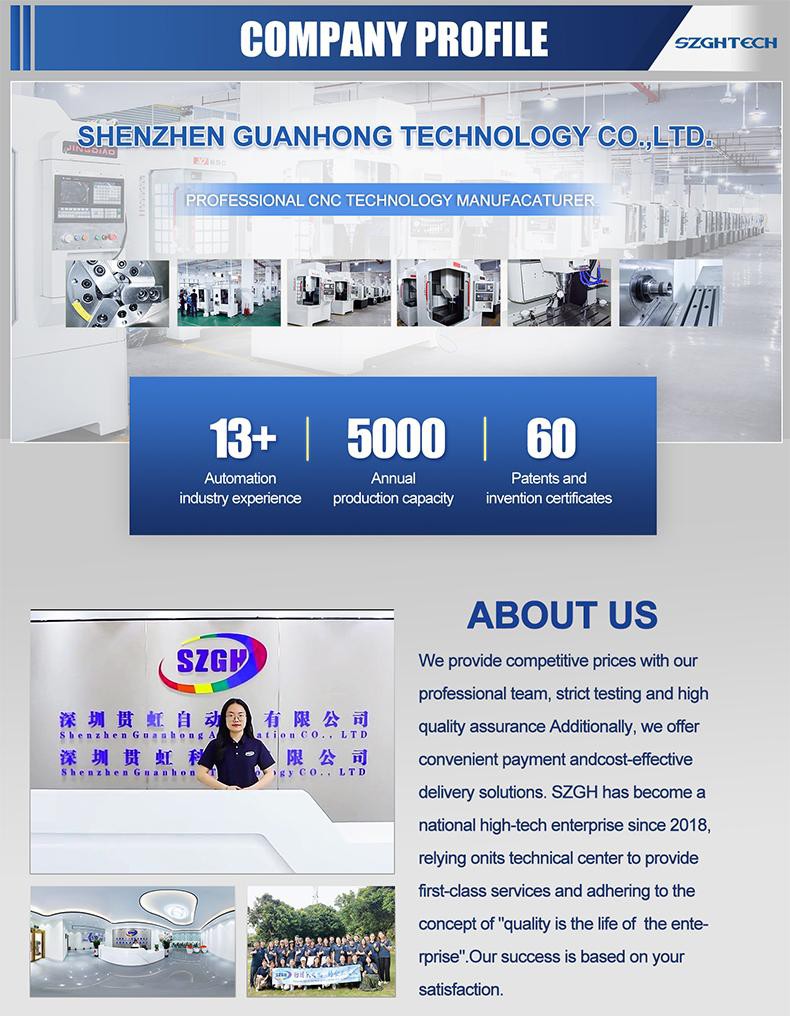
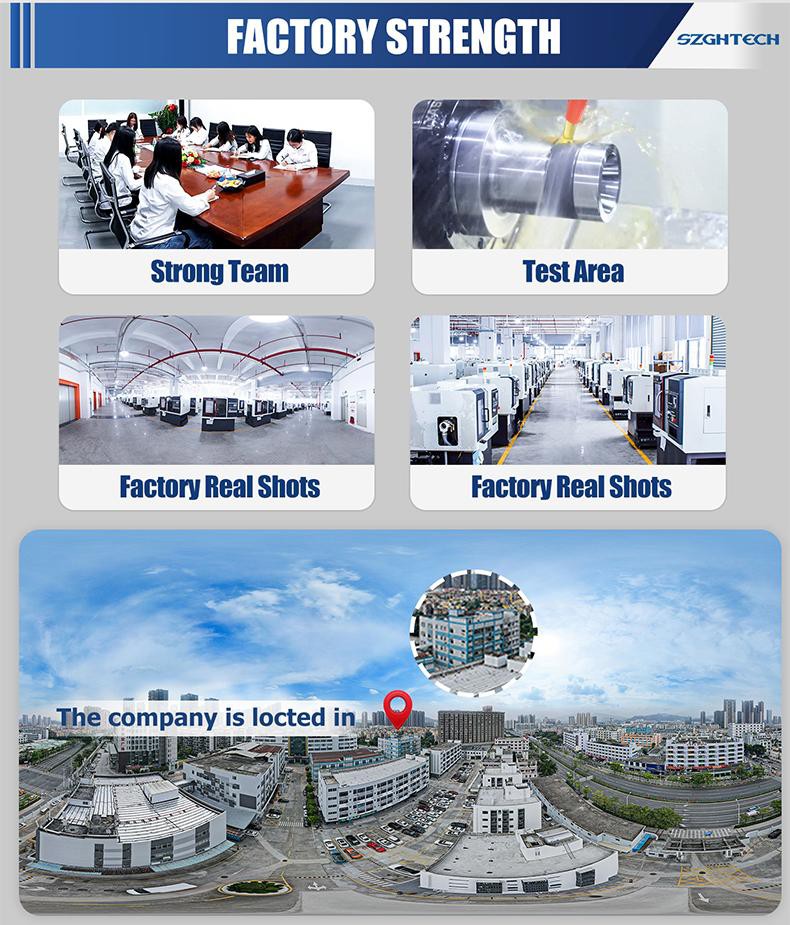
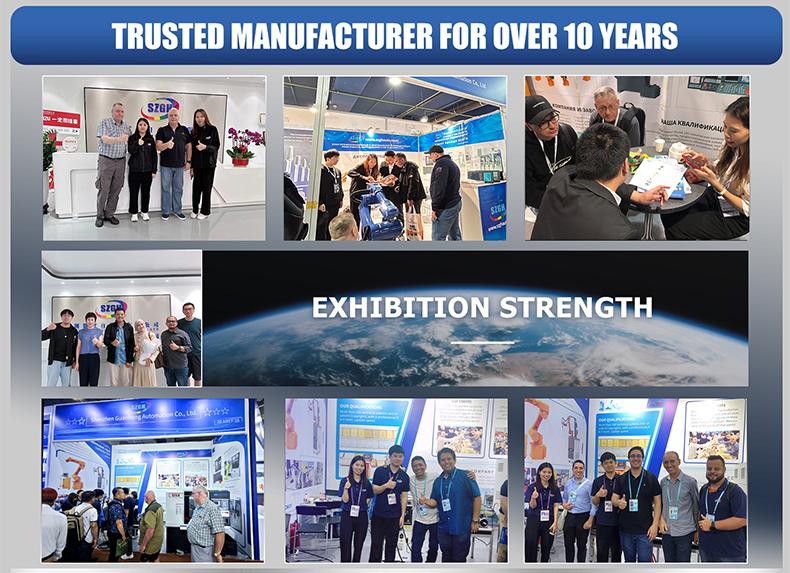
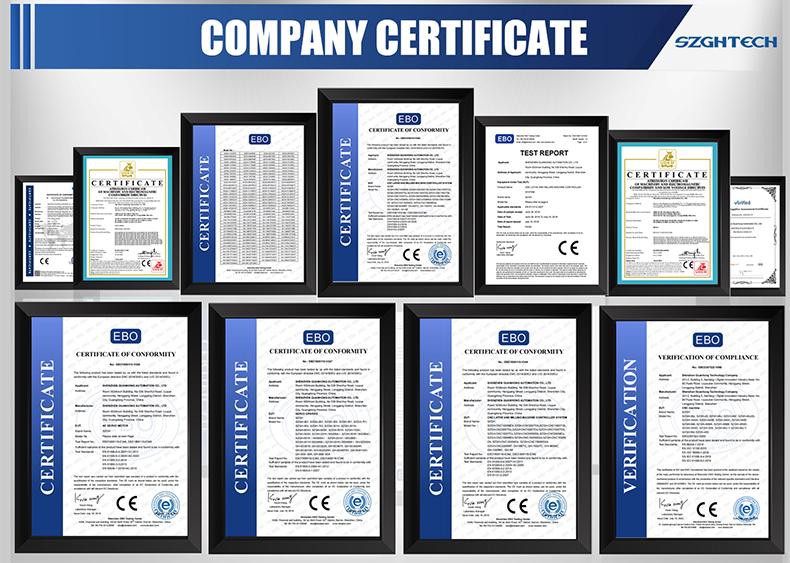
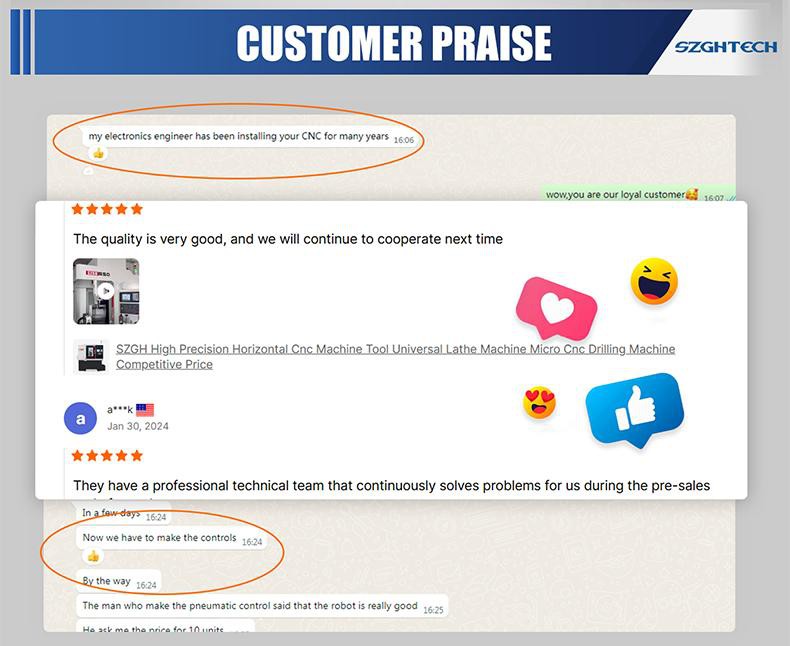
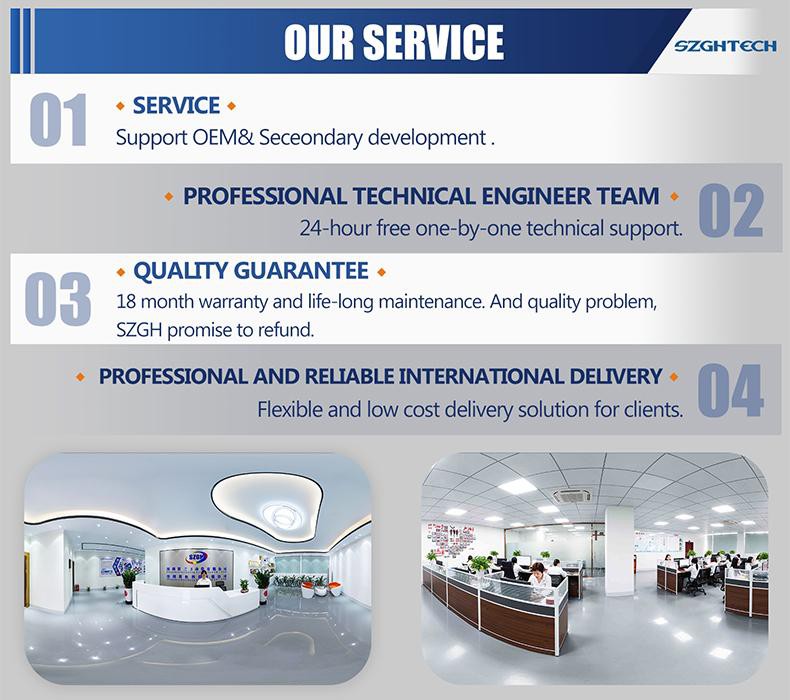
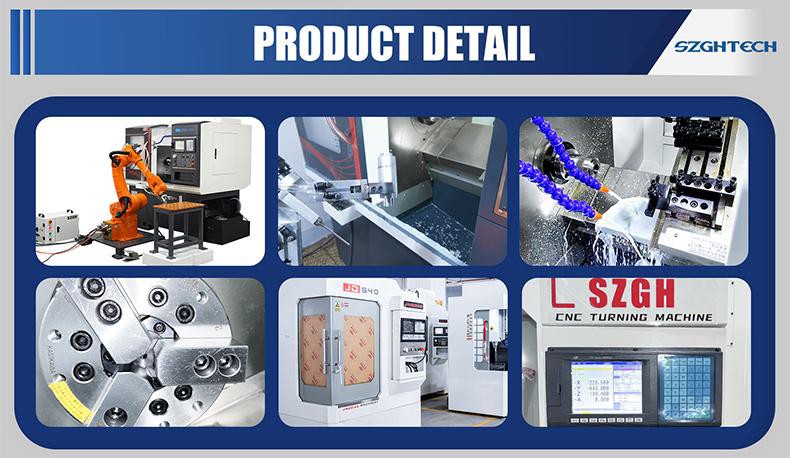
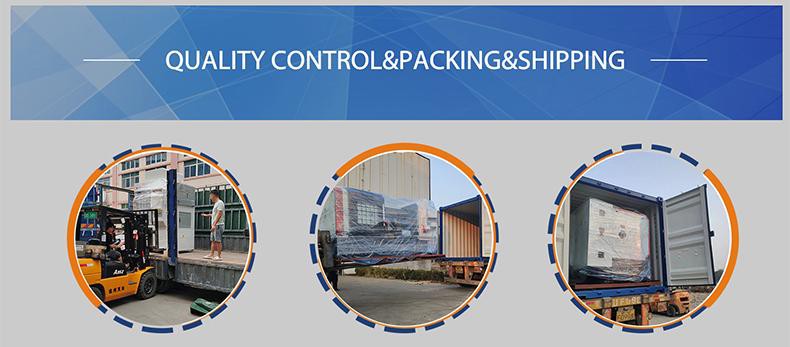
Please feel free to contact us if you have any needs.
We will cooperate with you with the best quality service!
